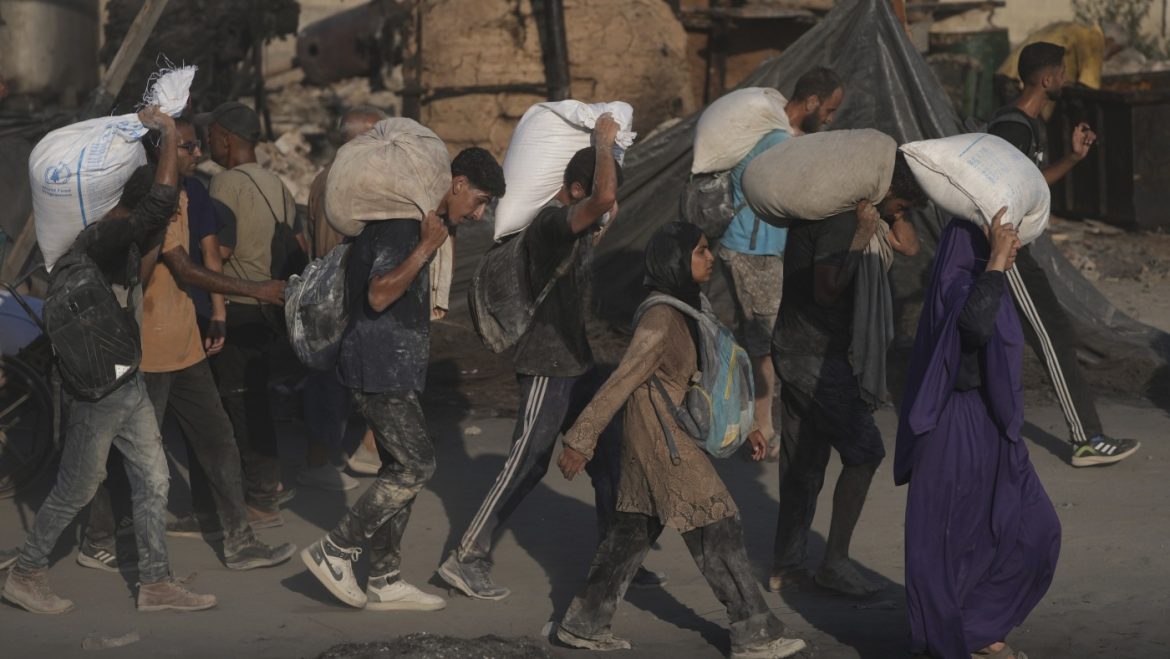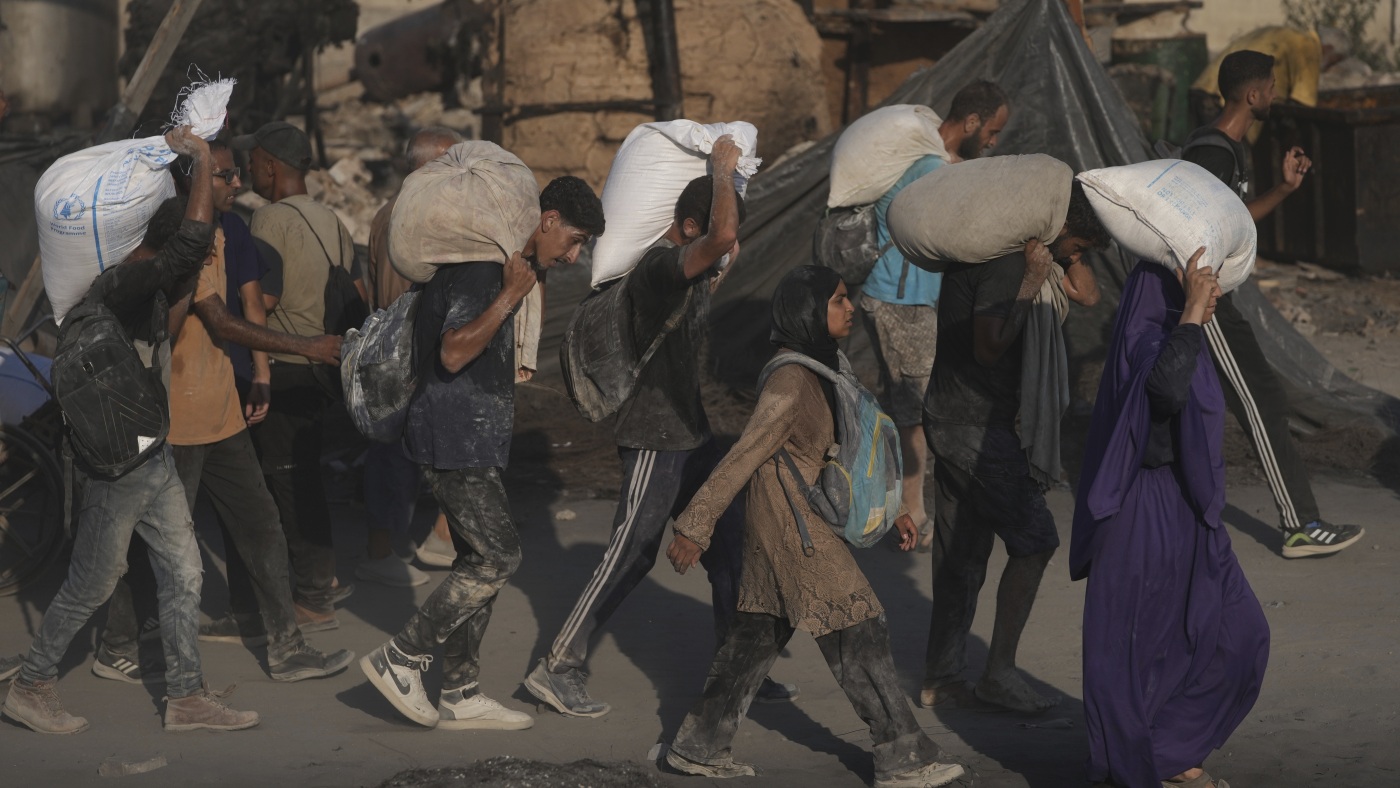The Complexities of Humanitarian Aid in Gaza: Airdrops and Beyond
The Immediate Crisis and the Limits of Airdrops
Gaza’s humanitarian crisis has reached a critical juncture, with starvation becoming an increasingly visible and deadly consequence of the ongoing conflict. The Israeli military’s recent announcement of renewed efforts to deliver aid through airdrops and humanitarian corridors has sparked a mix of cautious optimism and deep skepticism. While these measures provide immediate relief, they are widely acknowledged as insufficient to address the root causes of the crisis.
Airdrops, in particular, are often criticized as a stopgap measure that fails to meet the scale of the need. The logistical challenges are significant: limited payload capacity, precision issues, and the inherent dangers of distributing aid in a conflict zone. Reports from aid organizations highlight that airdrops can deliver only a fraction of the supplies needed, and the process of retrieving these packages often puts civilians at risk. The psychological impact is also profound, as reliance on airdrops can foster a sense of dependence and undermine local dignity.
Humanitarian Corridors: A More Sustainable Approach?
The establishment of humanitarian corridors presents a more promising, albeit complex, solution. These corridors aim to facilitate the safe passage of aid convoys, allowing for the delivery of larger quantities of supplies and medical equipment. However, their effectiveness depends on several critical factors:
While humanitarian corridors offer a more sustainable solution than airdrops, their success hinges on the willingness of all parties to prioritize humanitarian needs over political or military objectives.
The Broader Context: Addressing the Root Causes
Airdrops and humanitarian corridors, while necessary in the short term, do not address the underlying issues fueling the crisis in Gaza. A comprehensive and long-term solution requires a multifaceted approach that tackles the political, economic, and social challenges of the region. Key steps include:
A Call for Bold and Comprehensive Action
The humanitarian crisis in Gaza demands more than temporary fixes. While airdrops and humanitarian corridors provide critical relief, they are not a substitute for addressing the deeper issues. The international community must commit to a comprehensive approach that prioritizes long-term solutions over short-term band-aids.
This requires bold action—ending the conflict, easing restrictions, investing in infrastructure, and supporting economic development. The world cannot afford to stand by as Gaza’s population suffers. It is time to move beyond stopgap measures and work toward a future where humanitarian crises are not just managed but prevented.
Beyond Aid: Building a Sustainable Future
The recent announcements of airdrops and humanitarian corridors are a step in the right direction, but they are only the beginning. The true measure of success will be whether these efforts lead to a lasting resolution of the crisis. A sustainable future for Gaza requires more than just aid—it requires a fundamental shift in approach.
The international community must prioritize long-term development, economic opportunity, and the dignity of the Gazan people. Only then can we hope to see a future where airdrops are no longer necessary, and the humanitarian crisis in Gaza becomes a distant memory. The time for action is now.


